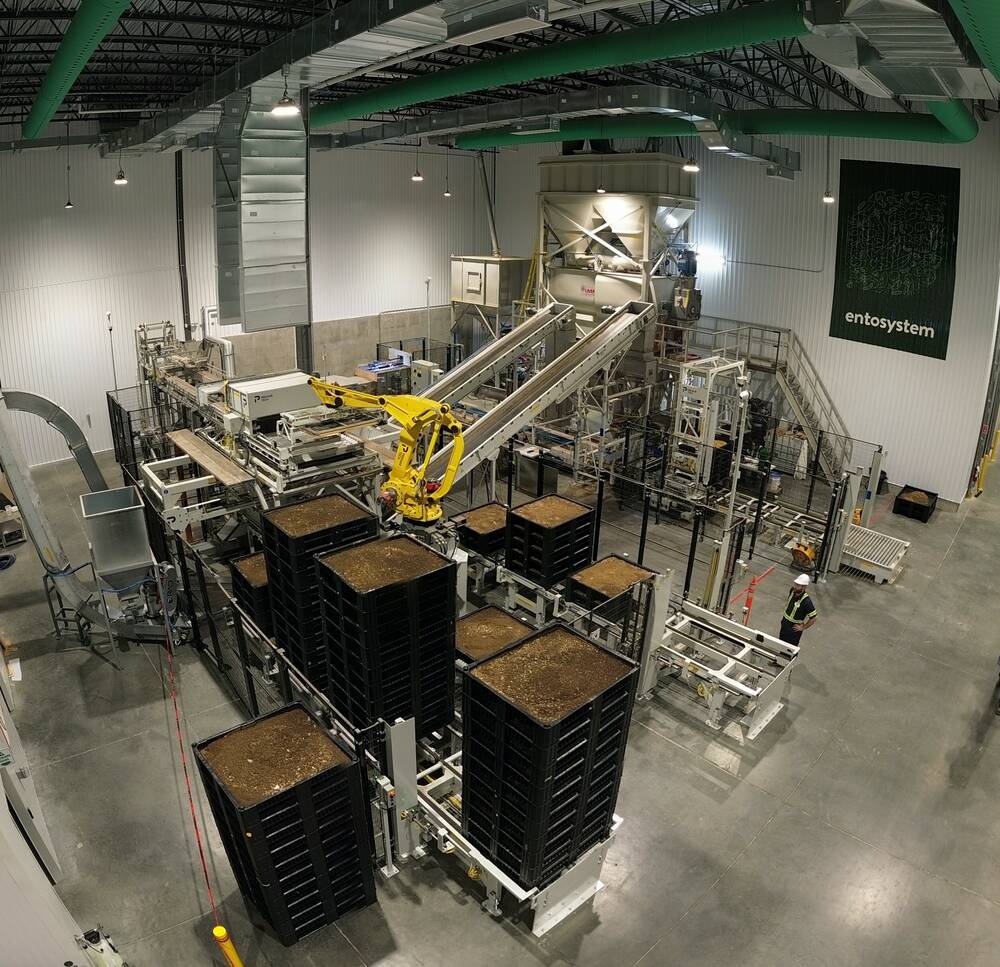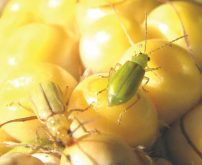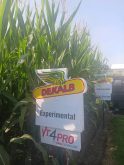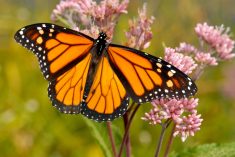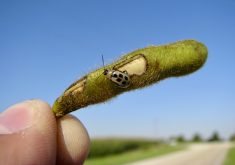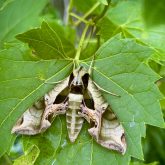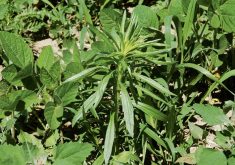New data shows Canada has an ongoing food waste challenge, and it’s expensive.
The problem requires some out-of-box thinking and Quebec start-up Entosystem has a solution that is attracting interest from the marketplace and investors.
Why it matters: Avoidable food waste has an estimated value of $58 billion, and from an environmental perspective, contributes the same carbon dioxide emissions as 253,000 flights from Toronto to Vancouver.
Read Also
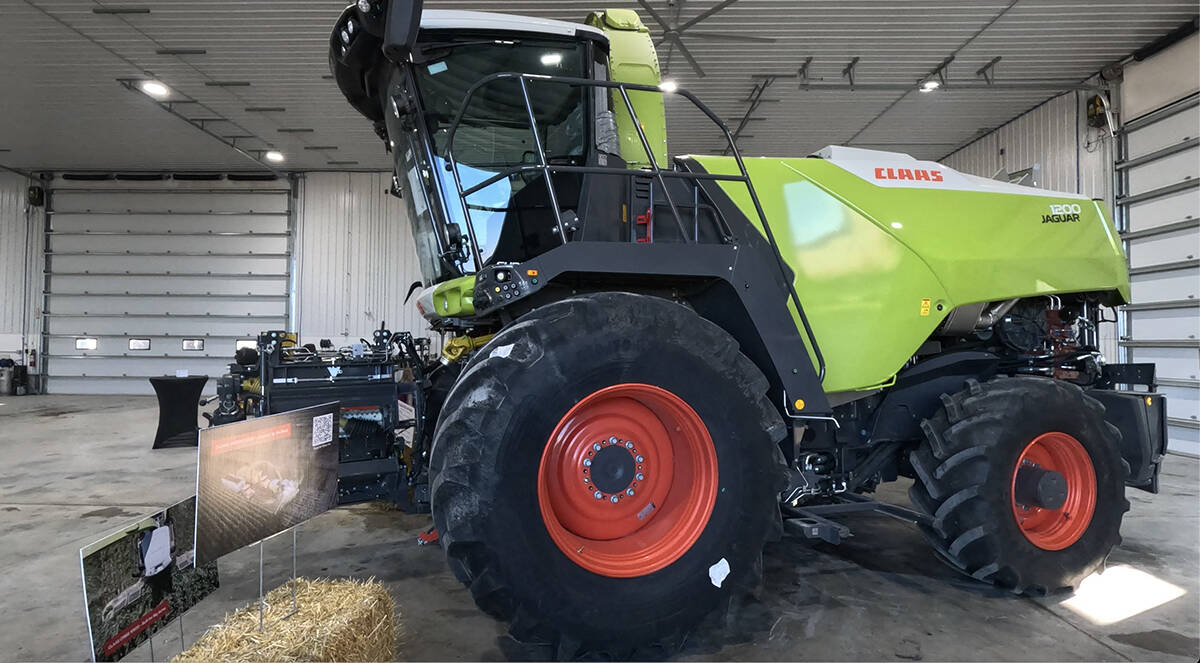
Claas brings 1000 Series SP forage harvesters to Canada
In mid-August, Claas unveiled its new line of Jaguar forage harvesters at an event in Visalia, California, deep in the heart of that state’s dairy region.
According to a recently released study by food rescue organization Second Harvest, Canadians waste almost half of all food in the country every year.
Quebec-based rendering company Sanimax, investment firm Idealist Capital, and investment fund Fondaction are jointly investing $58 million into Entosystem’s insect rearing technology that turns food waste into animal protein and frass fertilizer.
“Black soldier fly larvae are very good at eating food waste. It’s the only technology that lets you take food waste going to landfill and get it back into the food chain,” says Entosystem president and co-founder Cédric Provost.
“We can take food waste with packaging and six days later create a protein. So we are solving a protein crisis and a food waste problem.”
The company’s plant in Drummondville can process 90,000 tonnes of organic matter a year, turning it into 5,000 tonnes of high quality protein meal suitable for aquaculture and poultry feed. The company also sells whole black soldier fly larvae as chicken treats for backyard flocks.
According to Provost, they’ve also turned a byproduct from insect production — the manure called frass — into a revenue stream as a locally produced fertilizer certified for organic production. More than $1 million has gone into research and testing to validate the fertilizer’s effectiveness and achieve regulatory approval.
The product is sold directly to farmers, who mix it with biochar, peat moss or chicken manure, but there is also a retail line for consumers, in which insect frass fertilizer is comparable to chicken manure.
Many livestock farmers will recognize Sanimax from deadstock collection and rendering. The company has been an Entosystem partner for about the last five years. It collects organic food waste like spoiled produce and expired prepared meals from grocery stores alongside meat and bone waste picked up for rendering.
“Sanimax supplies all the feedstock we need. We are really good at breeding flies and raising insects and they do the logistics, contracts and work with retail,” Provost says.
Organic food waste with packaging now goes mostly into landfills because the packaging makes it hard to compost or otherwise recycle. Sanimax is able to remove 99.7 per cent of packaging from the waste, which Entosystem then feeds its insects.
It’s taken Provost seven years to get from a modest start in his condo to commercialization, and a big challenge was the regulatory system, which has struggled with how to handle farmed insects and feeding them to livestock and fish.
“Regulations are there to protect the population, but it was challenging at the beginning. In my first permit (application), I had to say how many head of animals and their weight, which is possible with cattle but challenging with insects,” he says.
“We have been collecting data for seven years and collaborating with every insect producer in the world to prove it is safe.”
He credits the Espace Incubator in Sherbrooke, Laval University, Natural Products Canada and Quebec’s Ministry of Agriculture, Fisheries and Food with providing support along the way.
With the new injection of funds, Entosystem plans to bring a second plant online to expand both its protein meal and fertilizer production. The search is on for a region willing to host an insect farm that also has access to significant quantities of food waste and markets for the end products.
“Demand for protein and fertilizer will grow so we need more sustainable options with a lower footprint. The industry had to prove the economics and production capacity and now we have a facility that can produce fertilizer and protein by using food waste,” Provost says.

